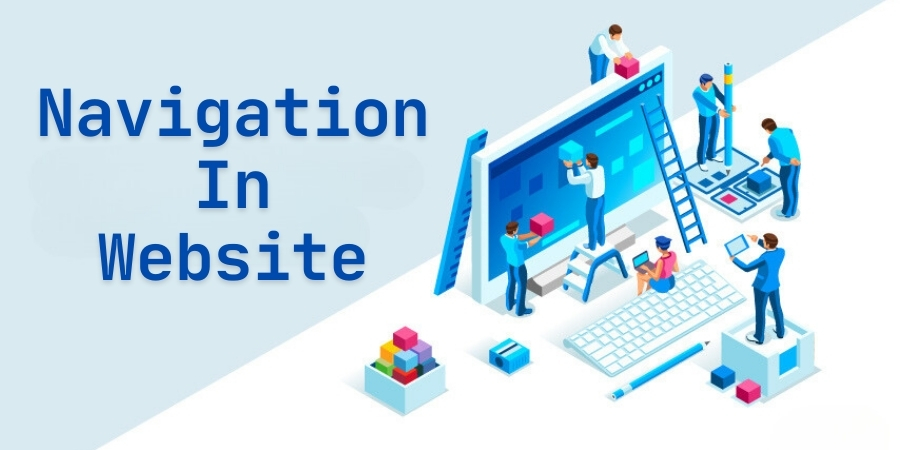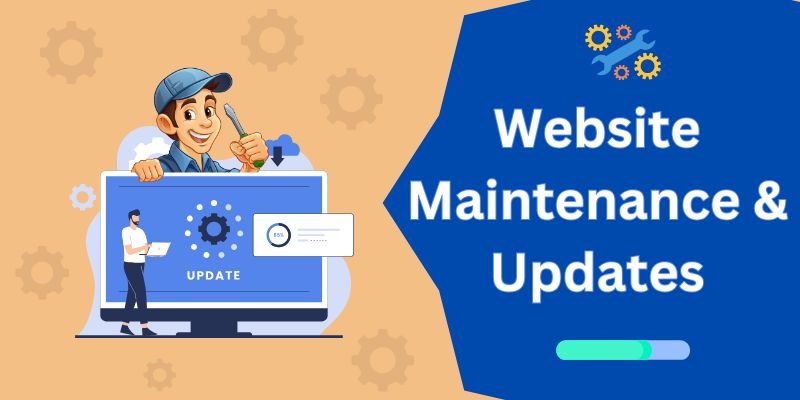Building Effective Websites: Best Practices for Web Design Agencies
As the digital landscape continues to evolve, a well-designed website has become a necessity for businesses to establish their online presence and engage with their target audience. For web design agencies, the challenge is to create websites that not only meet clients' expectations but also deliver an exceptional user experience.
In this fast-paced industry, a web design company in Austin, or anywhere else for that matter, needs to churn out killer websites consistently. This article delves into the best practices web design agencies can adopt to craft visually stunning, high-performance, and user-focused websites.
Best Practices For Web Design Agencies
Here are six tried-and-true methods that web design companies can use to create sites that are attractive, fast, and user-centric:
- Knowing Your Audience
- Principles for Successful Websites
- Content Approach for Web Design Agencies
- Enhancing User Experience and Accessibility
- Website Maintenance and Updates
- Evaluating and Enhancing Website Performance
Let us learn about each practice in great detail.
1. Knowing Your Audience
Knowing your audience means understanding the people who will visit your website. Learning about their needs, interests, and problems allows you to design a website that appeals directly to them.

Defining Your Ideal Customer
Before embarking on the design process, it's crucial to gain a thorough understanding of your target audience. Knowing who your target consumer is will help you customize your website to appeal to their requirements and tastes and ensure that it does so.
Keep these things in mind when defining your audience:
- What are their interests?
- What is their age, location, and gender?
- What problems do they need solved?
- What are their goals?
Developing User Personas
Once you've determined your target audience, create user personas to guide your design process. User personas are fictional representations of your ideal customers, reflecting their objectives, motivations, and preferences. By developing these personas, your team can make informed design decisions that cater to your audience's needs.
- What are their goals?
- What challenges do they face?
- What type of website experience do they prefer?
- What devices do they use to access websites?
2. Principles for Successful Websites
In the second step, focus on creating a website that is clear, easy to use, and looks good. Apply these principles to ensure your site works well for your audience.
Clarity
A clean, simple design is key to a successful website. Don’t overload your site with too much information or too many elements. Focus on the essentials, and use whitespace to keep the design easy to navigate.
- Keep the design simple.
- Show only important content.
- Use space to make it look clean.
Visual Order
Visual order means arranging elements based on importance. This helps users easily find what they need. Use font sizes, colors, and layout to guide them through the content.
- Arrange elements in a logical order.
- Use different font sizes to show importance.
- Use colors to highlight key content.
Intuitive Navigation
Clear and simple navigation is crucial. Users should be able to easily find what they’re looking for. Organize your content into simple categories and use a consistent, easy-to-recognize menu.
- Keep the menu simple and clear.
- Organize content into easy-to-understand sections.
- Ensure all links are easy to find.

Adaptive Design
As more people use smartphones to browse, your website must work well on all devices. Use responsive design to make sure your website adjusts to different screen sizes and provides a smooth experience everywhere.
- Make your site mobile-friendly.
- Use responsive design for all screen sizes.
- Ensure smooth browsing on smartphones and tablets.
Color Scheme and Typography
Colors and fonts shape how users feel on your site. Choose colors that match your brand and appeal to your audience. Pick readable fonts that look good and fit your design.
- Pick colors that match your brand.
- Choose fonts that are easy to read.
- Ensure fonts and colors work well together.
Speed Optimization
If your website loads too slowly, visitors may leave. Make your site load faster by reducing file sizes and using tools like content delivery networks (CDN).
- Make sure your website loads quickly.
- Use compression tools to reduce file sizes.
- Implement a CDN for faster loading.
3. Content Approach for Web Design Agencies
This step focuses on creating great content, improving your site’s visibility, and keeping users engaged. A good content strategy can boost user experience and attract more visitors.
Crafting High-Quality Content
Content is the backbone of any website. Quality content keeps users interested and coming back. Studies show that 38% of users will leave if the content or layout isn’t appealing.
So, create useful, unique content that fits your audience's needs. Use content like blogs, videos, and case studies to keep your site fresh and engaging.
- Create valuable and informative content.
- Use various content types (blog posts, videos, etc.).
- Ensure the content meets your audience’s needs.
- Keep content unique and engaging.
Search Engine Optimization
Search engine optimization (SEO) is indispensable to attracting more organic traffic to your website. Implement on-page and off-page SEO strategies, such as keyword research, meta tags, quality backlinks, and content optimization, to boost your site's visibility in search engine results.
Beyond that, says InboundREM, the key is just to produce the kind of content you would love to see if you put yourself in your customer’s shoes.
Studies show that 93% of online experiences start with a search engine, making SEO essential for driving traffic.
- Optimize content with keywords.
- Use meta tags and descriptions.
- Build quality backlinks.
- Keep your website SEO-friendly for better rankings.
4. Enhancing User Experience and Accessibility
In this step, we focus on ensuring your website is easy to use and accessible to everyone. By improving usability and ensuring accessibility, you create a more enjoyable experience for users.

Ease of Use
A website’s ease of use is key to its success. Ensure your site is easy to navigate with clear calls-to-action and easy-to-understand instructions. Perform usability testing to find any issues and fix them.
- Make navigation simple and intuitive.
- Use clear, concise instructions.
- Include easy-to-find calls-to-action (CTAs).
Conduct usability testing to identify any issues and make necessary improvements.
Inclusivity and Accessibility
Accessibility is essential for making your website usable by people with different abilities. Follow accessibility guidelines like using proper heading levels, adding alt text for images, and ensuring smooth keyboard navigation.
- Use proper heading structures.
- Add alt text for images for screen readers.
- Make sure your site is navigable with a keyboard.
- Follow WCAG (Web Content Accessibility Guidelines) to meet accessibility standards.
5. Website Maintenance and Updates
In this step, we focus on keeping your website in good shape. Regular updates and maintenance help ensure your site stays safe, works well, and looks fresh.

Regular Checks and Updates
It’s important to keep your website updated and fix any issues quickly. Regularly check for broken links, old content, and security risks. Stay updated on new web design trends and technologies to keep your site modern and competitive.
- Check for broken links and fix them.
- Update old content regularly.
- Ensure your website is secure from risks.
- Stay aware of new trends in web design and technology.
6. Evaluating and Enhancing Website Performance
This step focuses on measuring your website's performance. By tracking performance and using data, you can improve your site’s effectiveness.
Monitor Website Performance
Use tools like Google Analytics to track important data, such as user behavior and conversions. This helps you find areas that need improvement and make smart decisions to boost your site’s performance.
- Track user behavior with analytics tools.
- Monitor key metrics like conversions and bounce rate.
- Use data to find areas for improvement.
- Make changes based on what the data shows.
Final Words
Building a fantastic website means understanding your audience, following key design principles, and ensuring the site is easy for everyone to use. Following these best practices, web design agencies can create great websites, work well, and meet clients’ needs.
From my experience, always focus on the user. Test the website regularly and make changes based on real feedback. Keep learning about new trends and tools to stay ahead; your website will be even better.
Keep things simple, and don’t forget to update your content to keep it fresh!




Please Write Your Comments